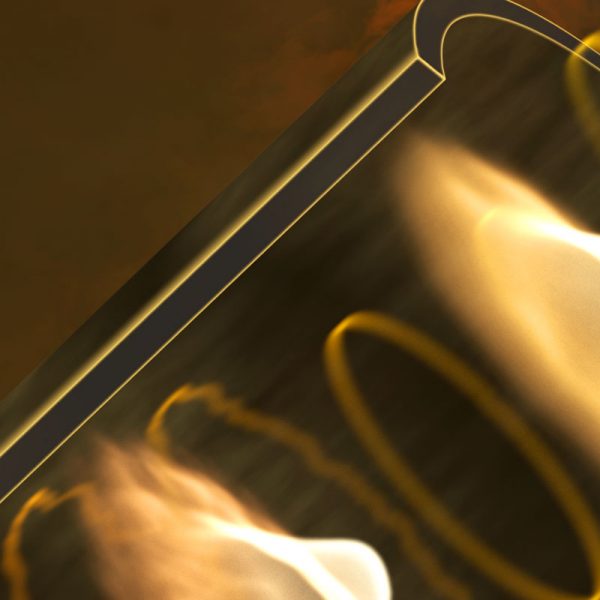
Order the light to produce a better quality of laser beam: a discovery that is revolutionising the world of fibre-optics
A team of researchers trained by XLIM (CNRS / University of Limoges), ICB (CNRS / UBFC) and the University of Brescia, Italy, have perfected a simple and innovative solution that allows propagation of laser light in a multi-mode optical fibre without loss of quality. The aim is to focus the beam onto a given spot while maintaining the best possible definition, which hitherto has not been possible as the light dissipates in a disordered fashion. The beam will have a much greater power per surface unit than what has been achieved until now. This discovery will provide a great boost for the technological potential of optical fibres.
This method, based on automatic cleaning of light, is of great interest in the biomedical field, especially with regard to molecular or tissue imaging. It will help produce much more accurate results on the composition of human tissue, as well as helping identify bacteria and detect cancer cells, for example.
Other applications in industry: this discovery will help design better-performing optical radars, with better-quality beams and greater ranges. These radars, known as lidars, are specifically used to detect pollutants in towns and cities or pesticides in crops, for example.
The results of these works, supported by Horiba Medical, a worldwide group of manufacturers of medical devices (such as blood analysers) and optical equipment, the Labex Sigma-Lim and Action, the eminent laboratories of the Universities of Limoges and Burgundy, were published on 13 March 2017, in the Nature Photonics review, a worldwide source of reference in the field of optics. This is therefore a double success for the researchers in Limoges, Besançon and Italy.


